The promises of AI have made it tempting for marketing teams and other companies to churn out SEO content with little to no oversight, and this has not only worked to the detriment of the links and content itself but has also created loads of low-quality content that simply doesn’t help users.
We believe the key to any SEO strategy is to focus on helpful, user-driven, link-building that simply doesn’t go hand-in-hand with AI.
Today, we’re going to go over some of the link-building strategies you can use to build high-quality links and skyrocket your content to the top of search results without falling into the AI rabbit hole.
Let’s get started.
Link Building Should Focus on Adding Value and Context to the Query
Whenever you’re link building, your first thought is to get links into the content no matter what. That makes sense because every link has to help somewhat, right? False.
It doesn’t matter how many links you have if they don’t make sense compared to the general content or if they lead to sites that don’t help the user. Even if you get some site visitors to click on those low-quality links, nothing is going to come of it.
This is for a couple of reasons.
First, Google might actually punish you for adding links at random or otherwise not trying to provide value to the user. Even if it’s AI’s fault. As a marketer, this is even worse. Someone has paid you to make that SEO content for them, and when Google gives them a strike or removes them from search results because of spammy links, you’re the first person they’re going to blame.
Google uses site-crawling bots specifically to check for these abuses of links and a variety of other issues. So, it’s not easy to “get away with it”, either.
Then, there’s the general impact it has on those viewing the content. Users engage with content to learn something. It’s not just a way to drag them onto your or your client’s site and hope they convert. It’s supposed to be useful. So, when they get to your site and see a bunch of poorly written content full of irrelevant links, they’re highly unlikely to stick around. Let alone make the conversion you’re looking for.
Make Every Link Count by Looking at Relevance and Quality
You might have noticed that a common theme here is that just jamming links into your content isn’t going to help much. It’s actually a detrimental strategy to use. So, what should your focus be?
Well, there are two main factors to look at. Relevance and quality.
Relevance is something you have to look at in two ways. First, you have to consider how relevant the link, and the content that it leads to, is to the topic being discussed in your content.
For example, if you’re creating informational content for a construction company dealing with commercial buildings, and you link to a site that covers residential roof installations, the link simply doesn’t match the topic of the content you’re creating.
Secondly, you have to consider how relevant the link is to the exact part of the content you’re using it in. A link might be perfectly fine for the overall topic, but it needs to fit naturally into the sentence that uses it.
For example, if you’re setting up links for an article titled “The Cost of Residential Roofs” and you link to a site discussing the impact of insurance payouts for residential roofs, in a section that doesn’t have anything specifically to do with insurance, you’re essentially misdirecting the reader. They assume a link is going to match the point they just read, and it’ll flow into the link naturally. With that being said, the link would make perfect sense if you were to tag it into a sentence such as “homeowner’s insurance can lower the costs considerably.”
The quality of a link sounds straightforward, but it’s a bit more complicated than it seems.
You need to consider the site you’re linking to and whether it’s reputable, how much authority the source has on the relevant topic, and the content quality itself.
When you’re link building, every link should be held to the same standards as any internal links you might have. After all, you wouldn’t randomly link to your worst, most irrelevant, piece of content, would you?
This is why, at Roalink, we only partner with sites that we personally vet. We know that they create high-quality links and content, and we can trust that anything we do with them is going to have a positive impact on our own efforts. This has led to long-term relationships with a multitude of the best link-building partners available, and it has become one of the strongest advantages in our niche.
It’s Time to Make Link Building a User-Focused Strategy, Again
One of the biggest issues with AI is how it has essentially taken all the negative things we’ve talked about so far and made them seem worthwhile in the grand scheme of things. It seems like a solution that companies are incentivized to leverage.
However, we’re all human, and the robotic content produced doesn’t serve anyone. It doesn’t serve you due to the negative effects it can have on your marketing efforts, and it doesn’t help your site visitors due to it not being engaging. It’s worse than when keyword stuffing was dominant, and every online article was full of links with nonsensical information.
We’re sure that, even in your position, you’ve gone online recently to look something up, research a service, or even just read an entertaining article, and found nothing but boring, robotic, content you couldn’t even skim through without shaking your head.
We believe it’s time for us all to get back to making user-focused link-building the norm again.
When we all put our best effort toward picking each and every link, keyword, and topic to not only funnel traffic but also give each visitor something of real value, everyone wins.
We know we’ve talked about a lot of negative points thus far, but don’t worry. We’re all about information and staying on the positive side here.
Here are some things you need to know to get amazing results without using AI or shady, spammy links.
1: Avoid Link Farms at All Costs and Focus on Quality
A link farm is something you’re going to hear about when you start looking up ways to handle link building. Ignore everything you hear about them.
A link farm is essentially a bunch of cheap sites made by one company or person with the purpose of having several sites link to each other. Unlike backlinks and genuine ways that you can leverage your own content for links, link farms are dishonest, don’t provide any value to the user, often feature the worst content possible, and are built solely to generate revenue.
It’s far more effective, and less risky, to build links naturally by focusing on the user’s experience with your site. One hyper-focused link that points users directly to the content they need, and that content is vetted for quality as well, is better than getting 30 links in an instant from a link farm.
2: What is Link Building and How Do You Build Links Effectively?
Link building is when you build up the number of both internal and external links used in your content. Google likes to see links in your content (as long as they’re useful), and they help you draw in more traffic that engages rather than simply skimming through and site hopping.
This can get overwhelming due to all the things you need to do, but none of it is overly difficult.
First, use internal links effectively. Once you have plenty of site content, link to other pages on your site as long as they’re relevant and high-quality. This helps your users navigate your site more easily, and it keeps them engaging specifically with your content.
Then, you need to start using a few links here and there from other sites. These are called external links. To do this effectively, you need to look at three different metrics to ensure the site you’re linking to is going to reflect positively on you from both Google and the user’s perspective.
- Spam: The overuse of links whether they’re relevant or not.
- Site metrics: How well is the site doing and what is its reputation?
- Organic keywords: Is the site attracting users searching for the same type of information your users are?
Beyond those 3 factors, you should also focus heavily on ensuring that any site you link to doesn’t use link farms, purchased links from shady services, or other things that ruin their reputation. Even though that’s not you, and everything else checks out, it will look bad on you if users end up having a bad experience and see your site attached to it. Only link to sites that are respected and proven to be legit.
This strategy isn’t instantaneous, but over time, it will add high-quality links to your site that impress Google and users alike; directly increasing your traffic and practically every positive metric your company needs. It also establishes you as an authority, and you’ll start to notice backlinks, or links from other sites pointing to you, that boost your ranking considerably.
Much of this stems from AI usage and other shady tactics to achieve big results quickly at the expense of users. Here’s a link to the full update announcement so you can see just how seriously Google is taking it.


